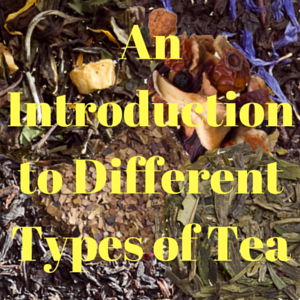
If you're feeling a little overwhelmed by the sheer number of variety of teas out there, here's a basic guide to get you started. We've found that people who come in tend to know that they like a certain kind of tea, usually black or green, and are a little afraid to adventure out into the complicated world of oolongs and rooiboses and tisanes and mate and other things they can't pronounce. Hopefully this guide will serve you well as a map to your tea journey.
Black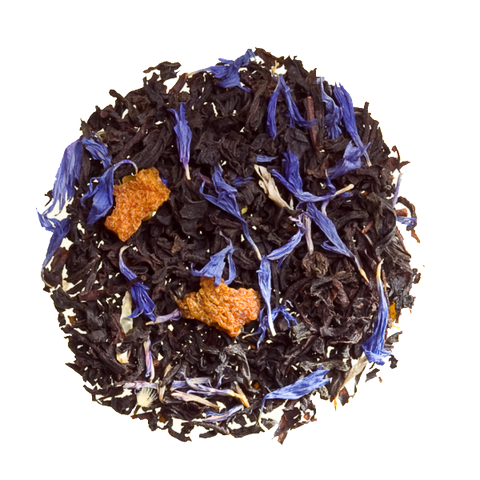
Black, green, oolong and white teas are all made from the same plant. They are just prepared a little differently. Black teas are very common in Europe, because they were designed to withstand the journey from China, where they were originally grown. Black teas are made by picking the leaves of the tea plant, and allowing them to oxidize before drying them. They tend to have a more full flavor than other teas, but they tend to also be more bitter.
Black teas can be flavored or unflavored. Some especially notable ways to flavor black teas include fermenting them, as in Pu’ehrs, adding spices, as in Chais, or simply adding dried fruit pieces.
Want to see our most popular teas?
>>>> CLICK HERE FOR THE FAVORITES <<<<
Green
Green teas are made by steaming the leaves after picking them, and then drying them, without allowing them to oxidize. This tends to give them less bitter and more vegetal flavors than black teas. They are common in Asia, and can be both flavored or unflavored like black teas.
Matcha, which is becoming a bit of a health food trend, is also a green tea. It is actually whole green tea leaves ground up in much the same way that wheat is ground to make flour. Traditionally, it is used in the Japanese tea ceremony, though now, many people mix it into milk or smoothies to add a caffeine kick. It has more caffeine than brewed tea, but also more nutrients, because you’re consuming the whole leaf.
Oolong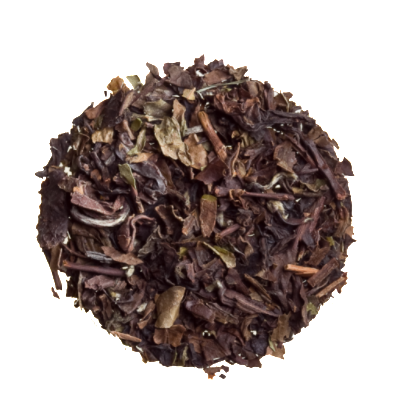
Oolongs are between greens and blacks. They are allowed to oxidize before they are steamed, but not as much as a black tea. The amount that they are are allowed to oxidize can vary greatly. They can also be flavored or unflavored.
>>> See our Selection of Oolong Teas <<<<
White
White teas are the least processed of the teas. They are dried immediately after picking, with no steaming or oxidation. They tend to have a very delicate flavor.
This flavor tends to pair well with similarly delicate fruits, to create such teas as our White Blueberry, White Peach, and White Tangerine. They can also be unflavored, which allows for its pure natural subtle taste to come through. Our Silver Needles tea is the best example of this. It is the very first pick of the season, and therefore highly coveted for the Chinese believe everything desirable in teas are found in the first teas of the spring as the tea trees awaken from its winter sleep.
>>> See our Selection of White Teas <<<<
Rooibos

Rooibos is not a tea at all. It is an herbal from South Africa, which is often referred to as ‘red tea’. It has a subtle, earthy flavor which is excellent on its own, but can also be used to create a wide variety of flavored teas ranging from our African Autumn to our Belgian Chocolate Rooibos to our Chai Rooibos. It is important to note that unlike real teas, rooibos is naturally and completely caffeine-free.
>>> See our Selection of Rooibos Teas <<<<
Tisanes and Herbals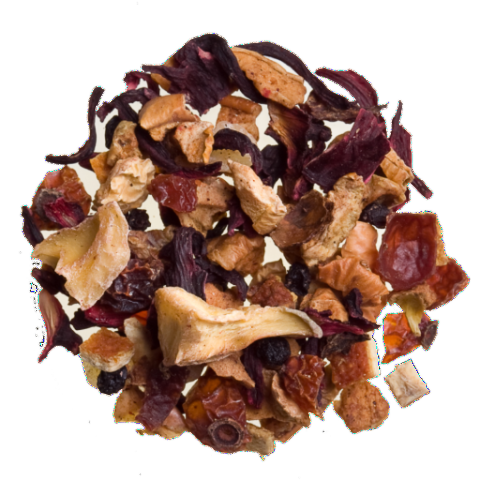
Tisanes and herbal teas are also not teas. They are carefully curated collections of dried fruits, herbs, and spices which are steeped in water like teas. They are all naturally caffeine-free as well. While most people tend to like our more boldly-flavored fruit tisanes, such as Last Mango in Paris and Berry Berry, tisanes can also contain more subtle flavors like the chamomile flowers and lemon grass featured in C of Tranquility.
To learn about the steeping temperatures for tea, Click here.
Yerba Mate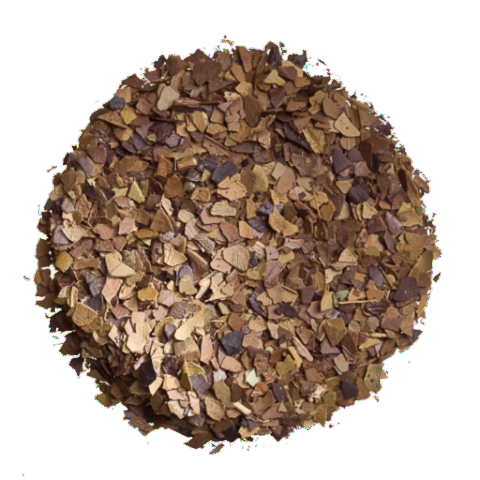
If you think that Rooibos and all of these herbal blends are completely missing the point of tea, Organic Yerba Mate might be the tea for you. It is a South American drink which can be brewed like tea, but has about the same amount of caffeine as coffee. Traditionally, one drinks it from a gourd with a long straw, but a mug works just as well.







Love the information — this is another topic on which I am fairly ignorant.
I do love the carafe I bought from you. I have never had one that pours so perfectly.
I sould like to know about your tea blend selections.